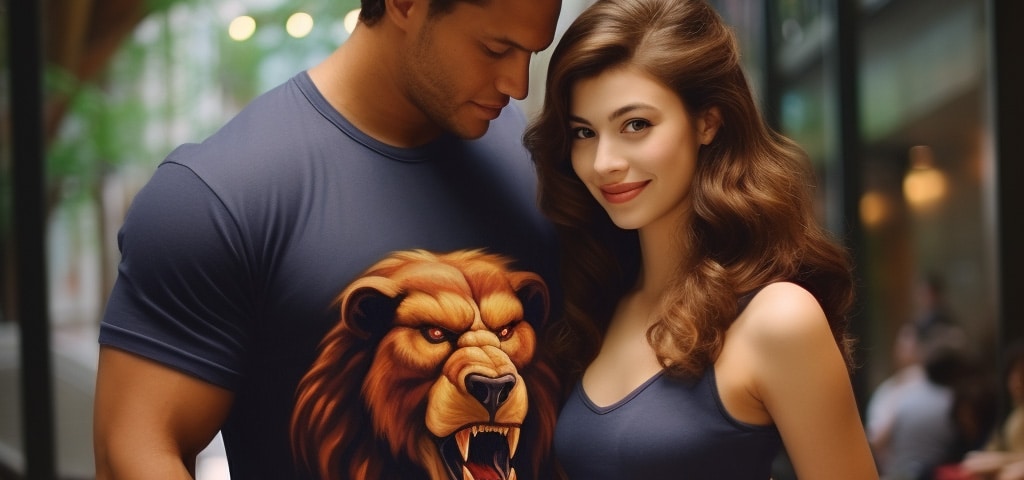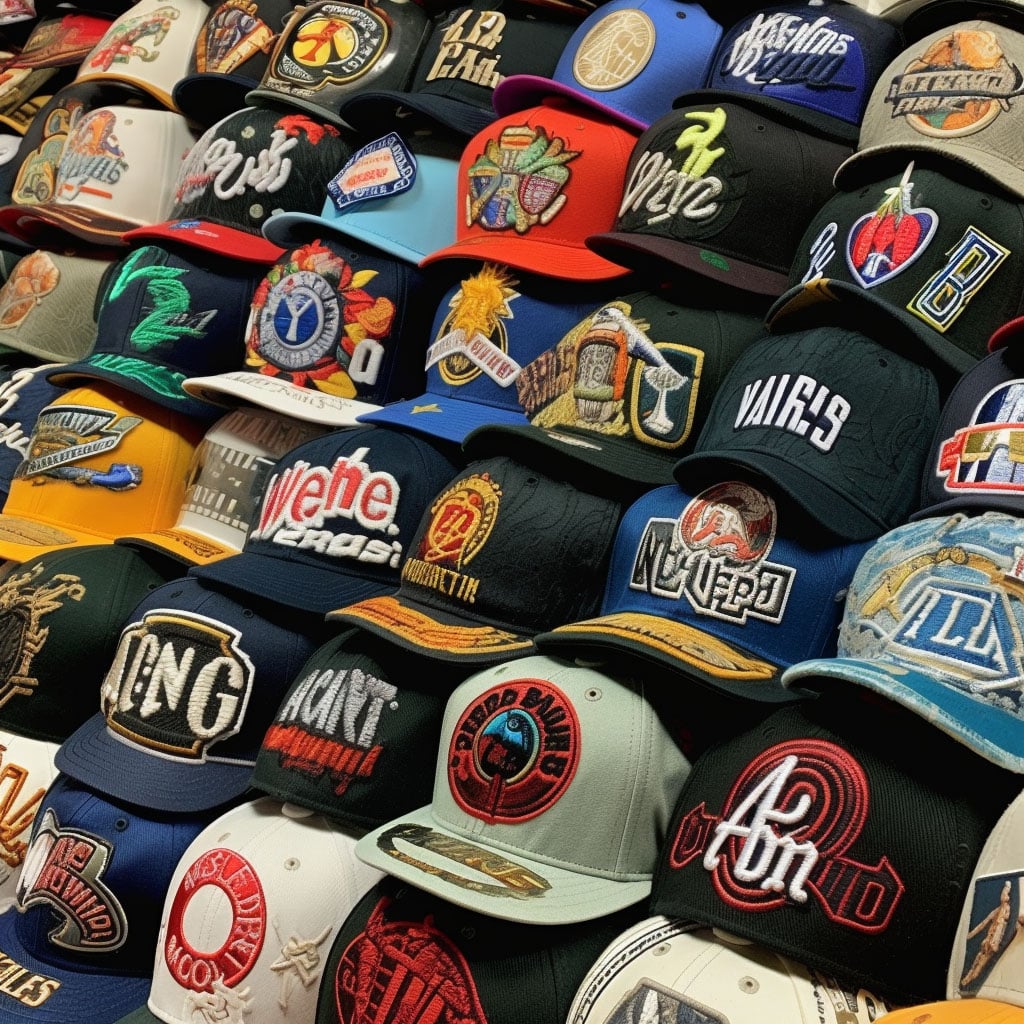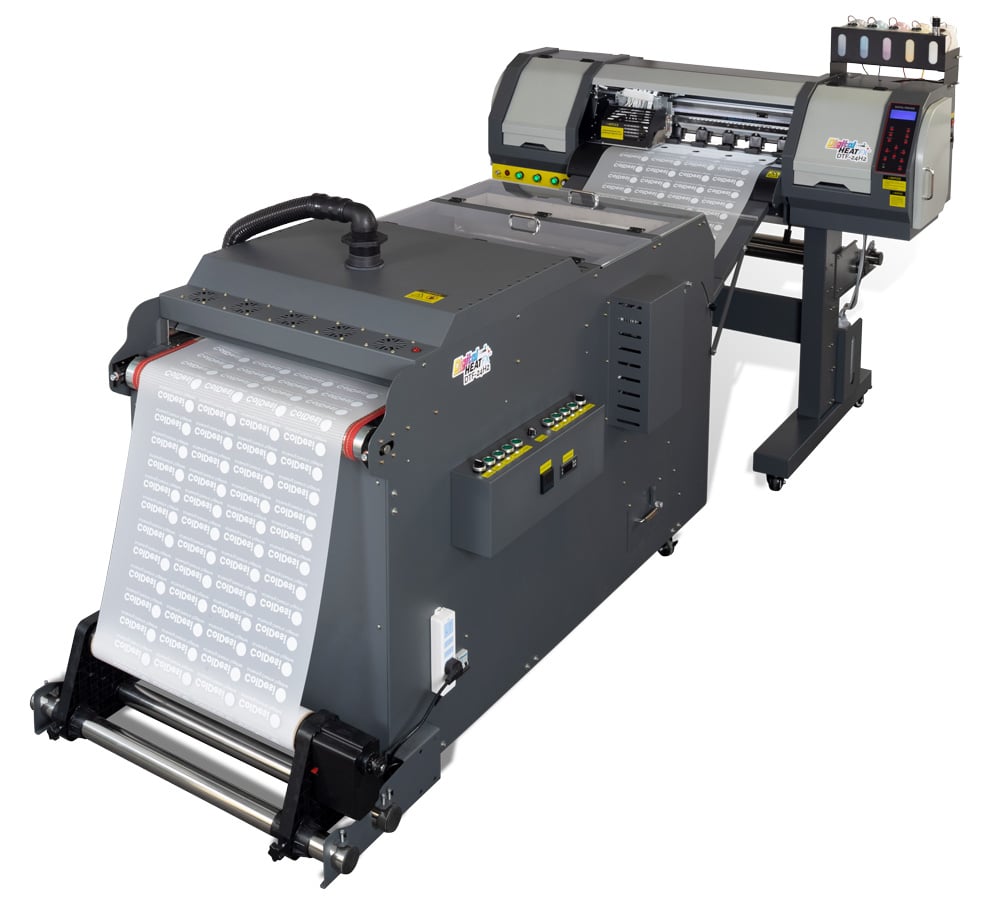Custom printing on plain t-shirts is a popular way to promote businesses, events, and organizations. But with so many different types and styles of plain t-shirts available, how do you choose the best one for your needs?
When it comes to choosing t-shirt blanks for your business, quality is key. With so many different options on the market, it can be difficult to know which ones are the best fit for your brand and business. Here we will help you narrow down your choices and find the perfect high-quality t-shirt blank for your business.
Fabric, Color, Size
- The Type Of Fabric
Some fabrics are better suited for printing than others. For example, 100% cotton shirts tend to hold ink better than shirts made from synthetic materials. There are many distributors who can sell you wholesale blank t-shirts at bulk prices. So no matter what Fabric, Color, and Size you decide on, you’ll want to buy from a wholesale source.
Cotton t-shirts are often used for DTG printing because they provide a number of benefits. For one, cotton is a natural fiber that is breathable and absorbent. This means that it will be comfortable to wear in hot weather and will help to wick away sweat.
Additionally, cotton is a durable fabric, meaning that it will stand up to multiple washes without losing its shape. Finally, cotton t-shirts are typically less expensive than other fabric types, making them a more budget-friendly option for DTG printing.
However, it is important to note that DTF printing may be a better option for some designs. This is because dtf printing allows for more precise details and a wider range of colors. Ultimately, the best choice of fabric will depend on the design being printed and the budget of the customer.
- The color of the shirt
If you want your design to really stand out, choose a shirt in a light color. Dark colors can make light-colored ink appear faded. Direct to garment (DTG) printing is a type of digital printing that allows for full-color designs to be printed onto t-shirts and other garments.
Unlike screen printing, DTG printing does not require the use of separate screens for each color, making it a much faster and more cost-effective printing method. However, DTG printing does have some limitations when it comes to color choice.
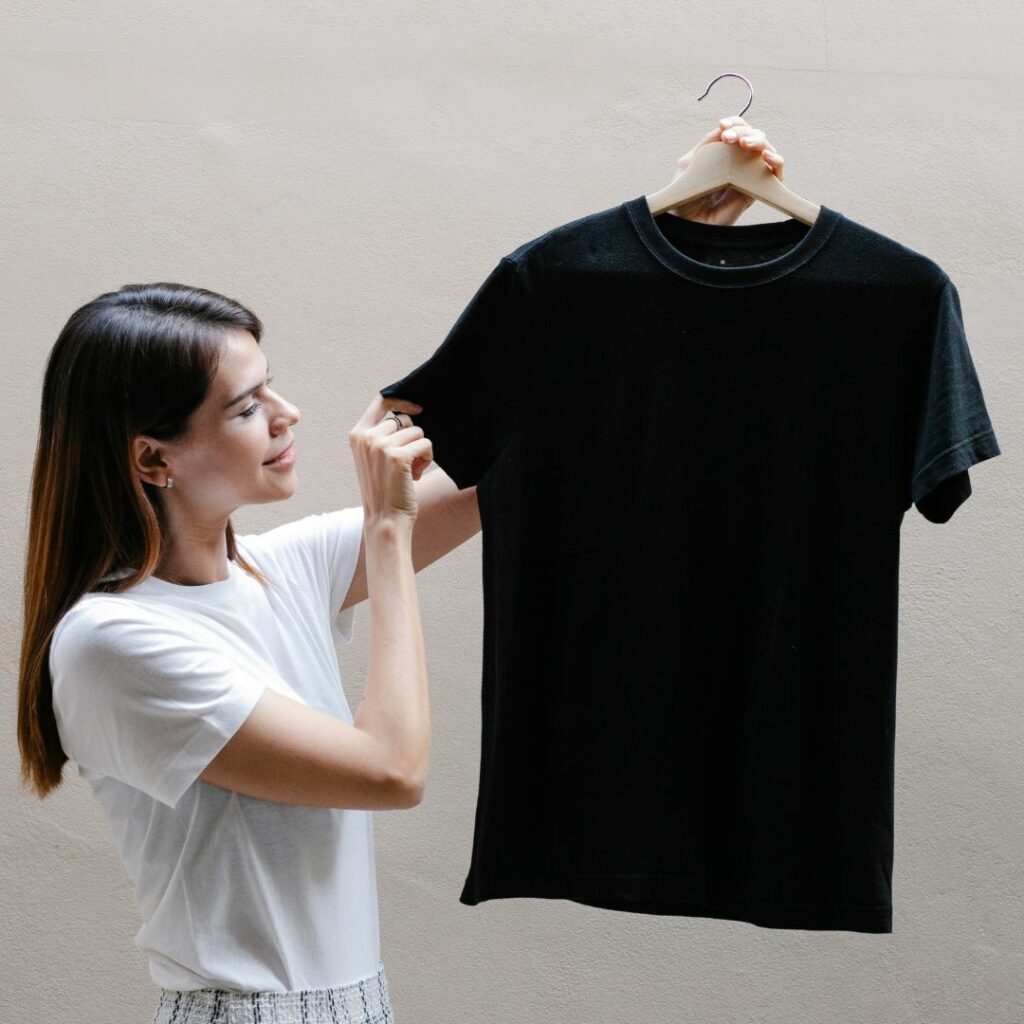
One reason for this is that lighter colors tend to show pigment buildup more easily than darker colors. As a result, light-colored shirts may require more frequent cleaning in order to maintain their original appearance.
The type of fabric you’re printing on can also affect your color choice. lighter fabrics tend to show off darker colors better, while darker fabrics can make lighter colors pop. Ultimately, it’s up to you to decide what look you’re going for.
- The size and fit of the shirt
Make sure to order shirts in a range of sizes so that everyone who wants one can find a comfortable fit. And if you’re planning on printing on the front and back of the shirt, keep in mind that some styles may not lay flat when printing on both sides.
When it comes to DTF printing a custom logo on a t-shirt, the size and fit of the shirt are definitely important factors to consider. For example, if you’re printing a logo for a small business, you’ll want to make sure that the logo is big enough to be seen but not so big that it looks out of place or overdone.
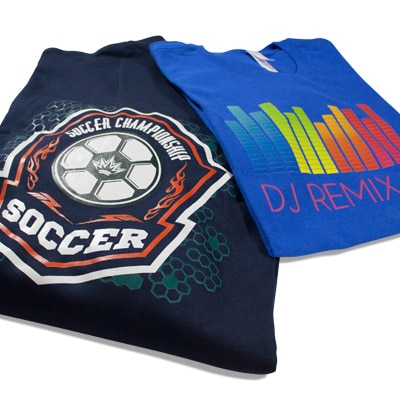
On the other hand, if you’re printing a logo for a more casual event, you might want to go for a more subtle approach and keep the logo smaller. Additionally, the fit of the shirt can also affect the way that your logo looks. A loose-fitting shirt, for example, might cause your logo to look stretched out or distorted, while a tighter-fitting shirt will give it a cleaner look. Ultimately, it’s important to take both the size and fit of the shirt into account when dtf printing a custom logo so that you can create an optimal design.
Lastly, the fit of the shirt can interfere with the heat press process. If the shirt is too loose, the printed design will be stretched out and distorted. Conversely, if the shirt is too tight, the design will be crinkled and uneven. The ideal shirt for dtf printing should have a snug but comfortable fit, so that the design can be transferred smoothly and accurately. Once you have found the right shirt size, dtf printing is a relatively simple and straightforward process. However, if you don’t take care to choose a shirt with the proper fit, you may end up with a printed design that is less than perfect.
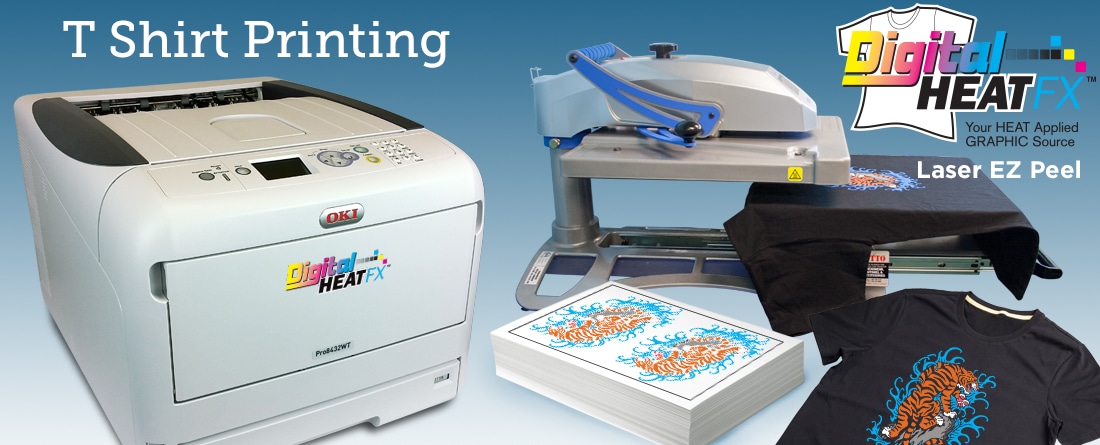
Material, Weight, Fit, Style
- Material
The material of the t-shirt is important to consider both for comfort and durability. Look for t-shirts made from 100% cotton or a cotton blend for the best results when DTG Printing.
However, one printing method that is gaining popularity is direct to film transfer printing. This type of printing is ideal for fabrics that are NOT made from cotton. The reason for this is that direct to film transfer printing uses a design that is printed onto a piece of clear film. The design is then transferred to the fabric using heat and pressure.
This type of printing works well on cotton but has the added benefit of working with synthetic fabrics, as they are able to withstand high temperatures without damage. In addition, synthetic fabrics tend to be flatter than cotton, which makes it easier to get a smooth, even transfer. As a result, direct-to-film transfer printing is an ideal way to print on non-cotton fabrics.
- Weight
The weight of the t-shirt is also important to consider. Heavier t-shirts are usually more durable and longer-lasting, but they can also be more expensive. Choose a weight that’s right for your budget and your intended use.
The weight of a t-shirt affects the heat transfer in a few ways. Heavier shirts will absorb heat better than lighter shirts, so if you’re looking to get a shirt that holds its shape well, you’ll want to choose a heavier fabric. If you want to go for comfort and fit, choose a lighter fabric.
However, the downside to this is that the heat will take longer to dissipate, so you’ll feel warmer for longer after being in the sun. Lighter shirts will heat up more quickly, but the heat will dissipate more quickly as well. This is why some people prefer to wear lighter shirts in hot weather – they don’t want to feel too warm for too long.
Ultimately, it comes down to personal preference and what you’re looking for in a shirt. If you want one that’s heat resistant, go for a heavier fabric. If you want one that heats up quickly but cools down quickly, go for a lighter fabric.
- Fit
Make sure to choose a t-shirt that has a good fit. T-shirts that are too small or too large will be uncomfortable to wear and won’t look good. Choose a size that’s comfortable for your customers and make sure to test it out before you commit to ordering in bulk.
The tightness of the weave of a t-shirt’s fabric affects how readily it will accept heat transfers. A heat transfer is made by first printing a design onto a sheet of shiny heat-resistant material. Then, a cold-water-soluble adhesive is used to affix the heat transfer to the garment.
The garment is then placed on a heat press, which uses high temperatures to bond the heat transfer to the fabric. Therefore, If the t-shirt’s fabric has a loose weave, the heat transfer may not adhere properly and it could peel away from the shirt over time.
On the other hand, if the t-shirt’s fabric has a tight weave, the heat transfer will be more likely to adhere well and last longer. Therefore, when choosing a t-shirt for direct-to-film printing, it is important to consider the fit of the shirt as well as the type of fabric.
- Style
There are many different styles of t-shirts on the market, so you’ll want to choose one that fits your brand. If you’re a more casual brand, consider a plain t-shirt with no embellishments. If you’re a more fashion-forward brand, look for t-shirts with interesting details or prints.
When it comes to t-shirt design, the style of the shirt can make a big difference in the placement of the design. For example, a crew-neck shirt will typically have the design centered on the chest, while a V-neck shirt will often have the design offset to one side.
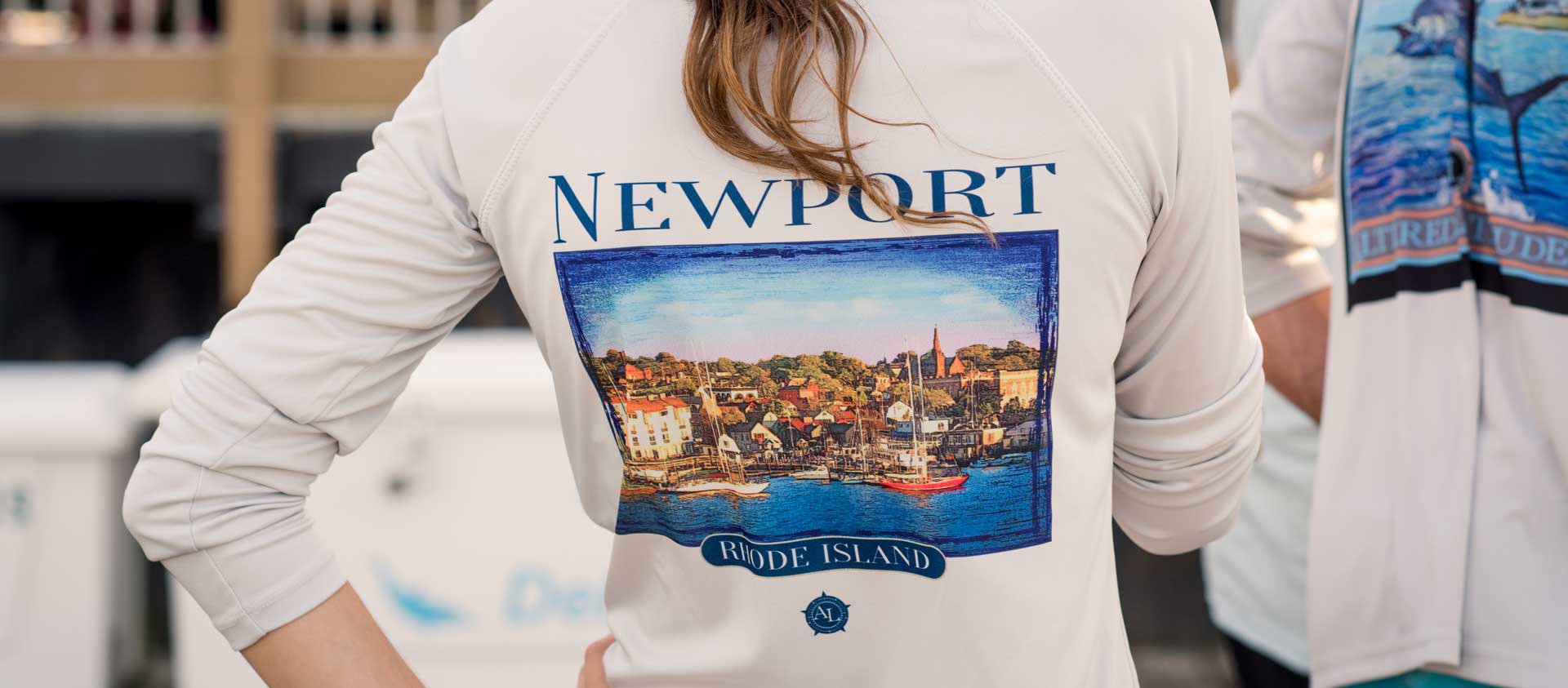
Tank tops and racerback shirts often look best with a small design on the front and a larger design on the back. Of course, these are just general guidelines – ultimately, the placement of the design is up to the designer. But by taking into account the style of the shirt, they can ensure that the design looks its best.
The style of a t-shirt can affect how well it accepts a heat transfer and DTG print. A tight-fitting t-shirt will have less room for the heat to spread, so it will heat up more quickly. A loose-fitting t-shirt will have more space for the heat to dissipate, so it will take longer to heat up.
- Price
Of course, price is always a factor to consider when choosing t-shirts. But don’t sacrifice quality for price – remember that these t-shirts will represent your brand, so you want them to be high quality. Shop around and compare prices to find the best deal on the perfect high-quality t-shirt for your business. One of the sites we would recommend for great-looking blank shirts at great prices is ColmanandCompany.com. They are particularly well known for having a great reputation.


